Este post também está disponível em:
Português
English
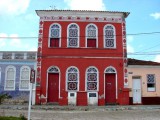
Caravelas is in the far south of Bahia a 870 km from Salvador and 36 km south of Prado, on the BA-001, on the banks of the Caravelas River, which meets the sea there.
Along the coast, close to the town, there are beautiful beaches, Kitongo, Grauçá and Iemanjá in Barra de Caravelas.
The town in the Costa das Baleias has a reasonable hotel structure and holds traditional religious festivals attended by thousands of people.
To get to know the region, the best are horseback riding along virgin beaches or chanlana rides along the Caravelas River.
Caravelas was founded in 1581 and the municipality was created in 1700.
On 11 May 1823 a battle was fought here between the Portuguese navy and Brazilian forces during the war of independence. In 1855 it was made a city.
The historic town in Bahia is the gateway to the Abrolhos National Marine Park.
From its pier, framed by art nouveau mansions decorated with Portuguese tiles, boats depart to the archipelago, considered one of the best spots in the world for diving.
And it’s no wonder: in its crystalline waters, where visibility reaches 20 metres deep, thousands of marine species are hidden, as well as shipwrecks and a diversity of corals only seen in the region.
See the Costa das Baleias map.
This is the case of the so-called chapeirões – formations that resemble mushrooms and join at the top, creating real labyrinths.
Video about Caravelas in Bahia
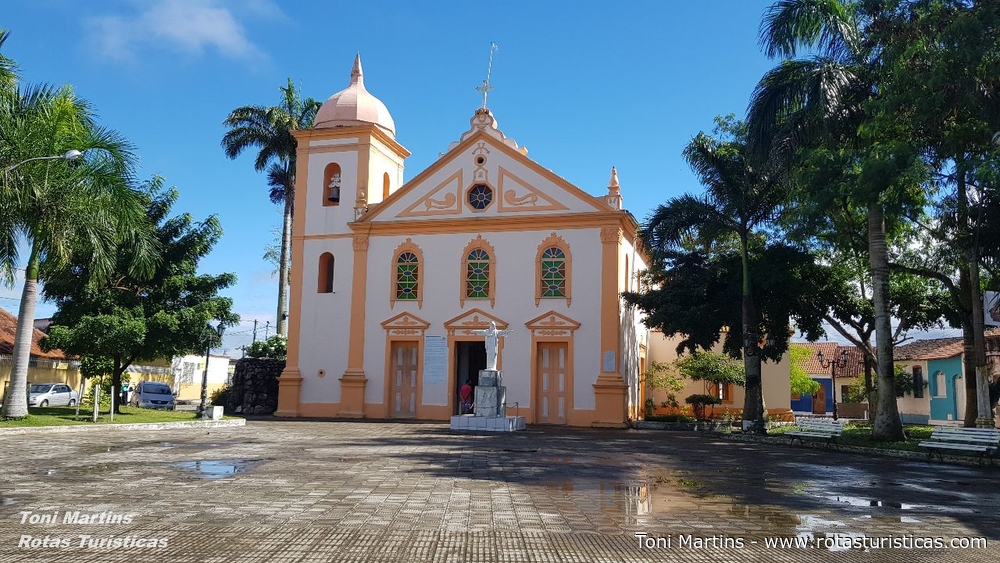

Caravelas - Guia de Turismo02:43
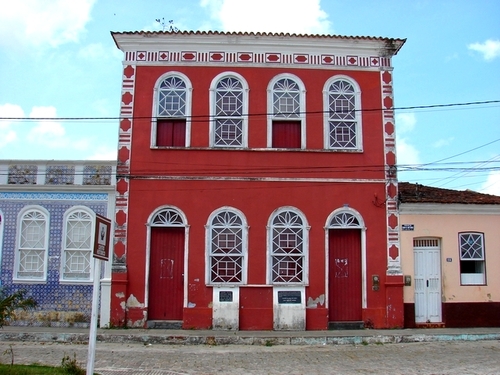
Centro Histórico de Caravelas na Bahia
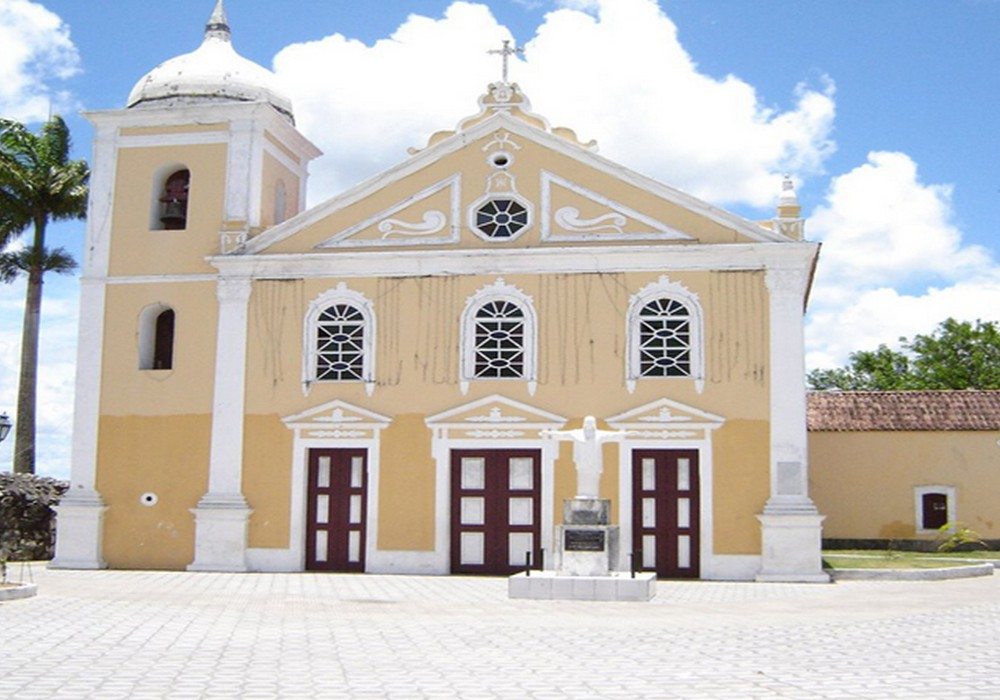
Caravelas BA - Guia de Turismo02:52
Beaches of Caravelas in Bahia
1. Ponta da Baleia Beach
Isolated, it is popular for surfing and diving. There, in the past, whales were boned by fishermen, hence the name. It has strong waves, coconut palms, golden and loose sand. Access on foot – 2 km – from Praia de lemanjá.
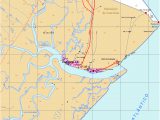
2. Iemanjá Beach
It is 4 km long with soft golden sand. The waters are murky due to the muddy bottom (the beaches of the municipality are damaged by the Caravelas River). Good for prawn fishing.
At the entrance there is a bar with a statue of lemanjá.
3. Grauçá Beach
It gathers the busy bars of the city and has hotel, inns and restaurants. It is next to a fishing village, where you can see old whale bones used as decorative pieces. It has dark and beaten sand.
4. Barra de Caravelas Beach (or Aracaré)
The most popular, with inns, bars and restaurants. It only allows bathing at high tide – when the sea overflows from the bed of the Caravelas canal and advances over the shallow stretch of dark sand. It has good shade. There is a mangrove swamp and abundant fishing (sea bass, hake, crab).
5. Pontal do Sul Beach
Sandy and deserted, with clear waters. Separated from Grauçá by a narrow arm of the sea. White sands. Easy crossing, 10′ by boat.
6. Quitongo Beach
Located on the arm of the sea where the Caravelas River flows. No waves. with narrow strip of golden sand. Here is the Abrolhos Research and Management Centre, of Ibama. Nearby is the village of Ponta de Areia, sung by Milton Nascimento. It has a hotel.
7. Barra Nova Beach
Deserted, with fine, clear sand and coconut trees. It has warm waters and weak waves. It is 1h15 by boat from the port of Caravelas.
8. Ponta do Catueiro Beach
It has fine, clear sand and transparent waters. Vegetation with coconut trees, mangaba and pitanga trees. It is 1h30 by boat from the port of Caravelas.
Churches in Caravelas
1. Igreja de Santo Antonio
The Church of St Anthony began to be built in 1725 by the Jesuit priest Antonio do Espírito Santo. It was completed in 1750, with subsequent renovations.
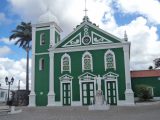
In 1755, it became the seat of the Parish of St Anthony of Caravelas.
From 1858 to 1863, the church was remodelled.
It has a nave, chancel, two sacristies, incomplete side aisles and a side chapel next to the epistle. The tower has a polyhedral dome covered with white tiles.
The pediment has a cornice supported by Corinthian pilasters.
The interior has rococo altarpieces, once gilded and now painted white. It houses images from the 17th and 18th centuries.
Until 1962, Caravelas was a parish subordinate to the Diocese of Ilhéus, when the new Diocese of Caravelas was created by Pope John XXIII, by the pontifical bull omnium Eclesiarum, of 21 July of that year.
The new bishop took office on 29 July 1963. In 1983, Pope John Paul II appointed a new bishop for the Diocese of Teixeira de Freitas/ Caravelas and the seat of the Diocese was transferred to Teixeira de Freitas (the most populous municipality) in the same year.
The diocese has the Catedral de São Pedro in Teixeira de Freitas and the co-cathedral of Santo Antônio in Caravelas. It is located in Praça Sto Antônio.
2. Igreja de Santa Efigênia
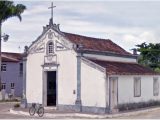
The Igreja de Santa Efigênia was built by slaves, for the Catholic worship of blacks, and dedicated to Santa Efigênia, a saint of Ethiopian origin.
It began to be built in 1755, in masonry and whale oil. It was partially completed in 1767.
It was remodelled in 1928. The decorative elements of the façade are characteristic of the first half of the 20th century.
It is located in Praça Teófilo Otoni.
Bahia.ws is the largest tourism and travel guide for Bahia and Salvador



















